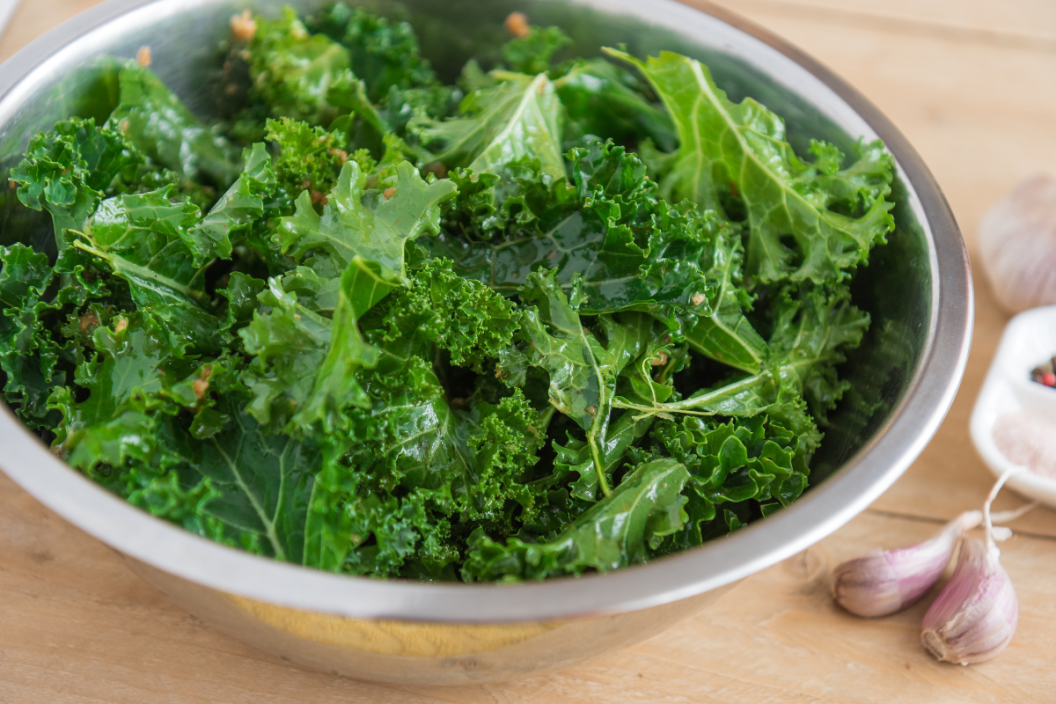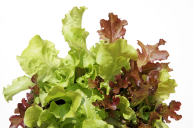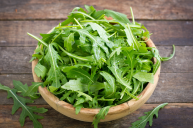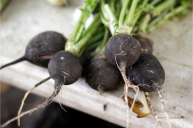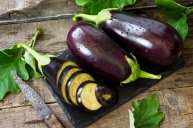What used to be one of those vegetables to avoid at the grocery store or farmer's market has become one of the biggest food trends. Kale has grown tremendously in the culinary world and there are a lot of reasons why. First off, kale is super nutritious and the health benefits make this veggie a superfood. Those dark, leafy greens are packed with antioxidants, protein, fiber, vitamin A, vitamin C, vitamin K, magnesium, iron, and calcium. Second, kale has some interesting flavor. It's kind of spicy and slightly bitter and the leaves are extremely hearty and hold up well to a number of cooking methods like sautéing, frying, or even baking.
Kale doesn't just come in one variety. There are many kinds of kale to explore in the brassica family; you'll love adding a boost of healthy greens to your next dish. From curly to Siberian, here are 10 kale varieties you should be adding to your grocery list.
1. Curly Kale
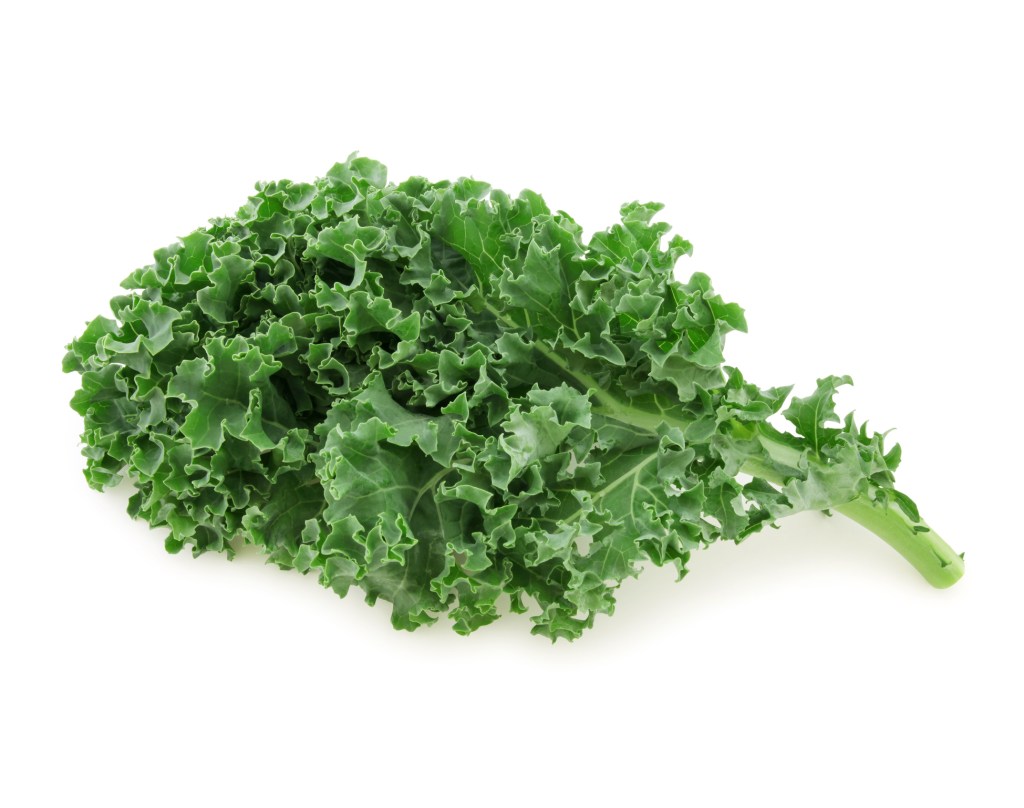
Getty Images
One of the most common varieties of kale you can find at the grocery store is curly kale. It's pale to dark green in color with a woody stem and soft leaves. The green leaves taste slightly bitter but are pretty mild in flavor. Curly kale can be used in so many ways like kale salad, kale chips and smoothies. I like to think of it as the new and improved spinach with curly leaves.
2. Lacinato Kale
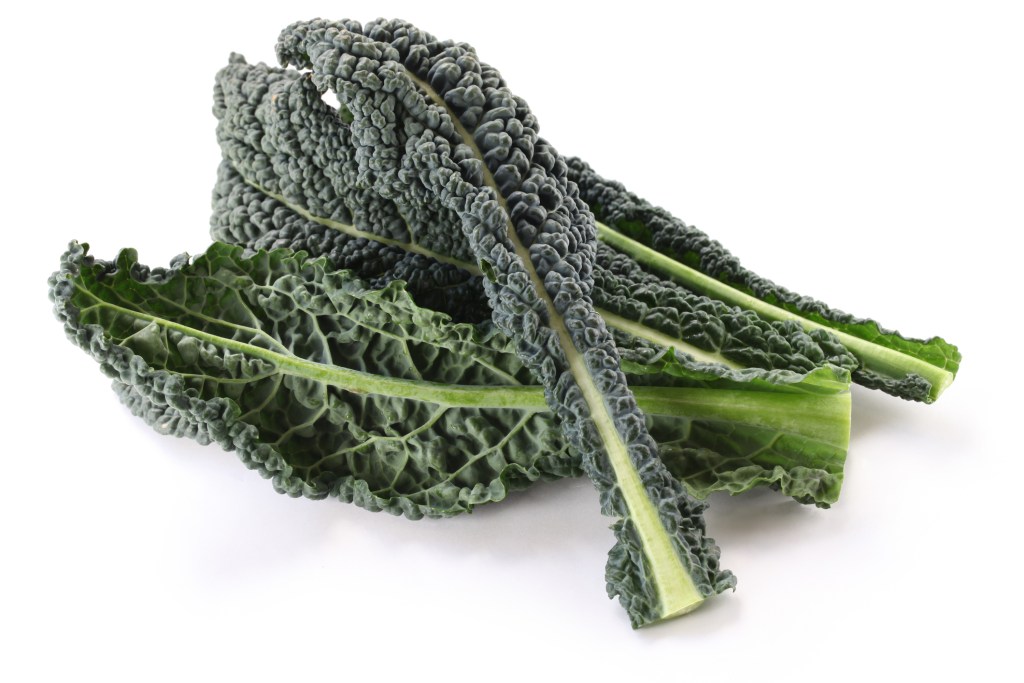
Getty Images
Another common kale variety is lacinato kale, also called Tuscan kale or dinosaur kale. The bluish, dark green wrinkly leaves of this Italian variety are mild and earthy and can be eaten raw in a kale salad or wilted into a soup or stew.
3. Red Russian Kale
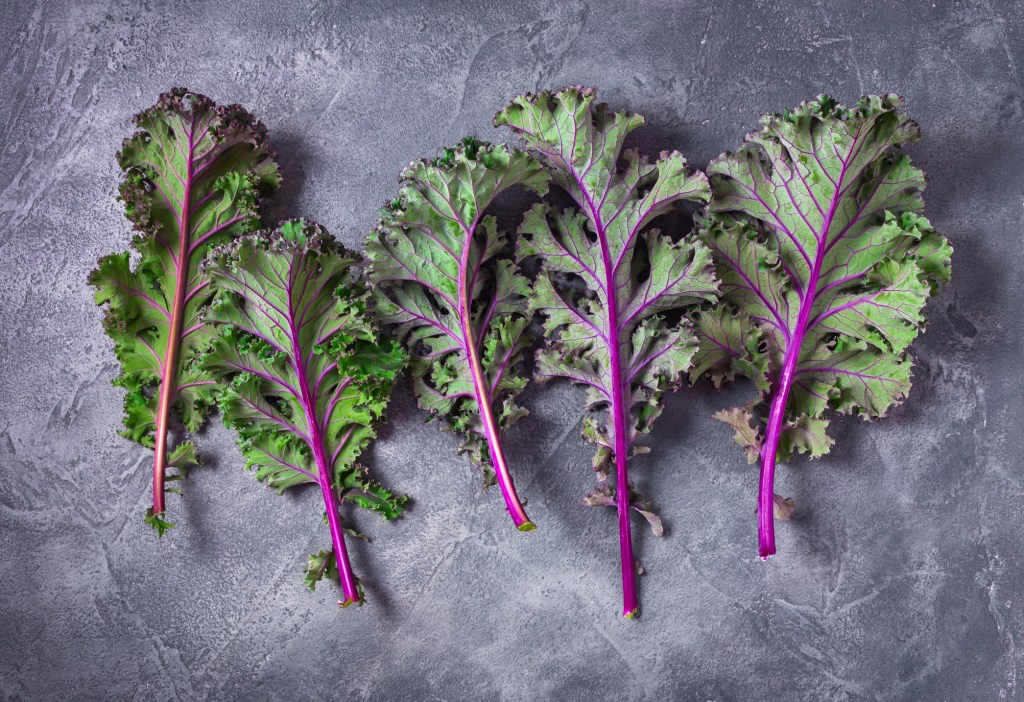
Getty Images
Red Russian kale has beautiful red-purple stems that are sweet, tender, and just downright pretty. Eat them raw in your favorite kale salad recipe or sauté them with some garlic and olive oil.
4. Siberian Kale
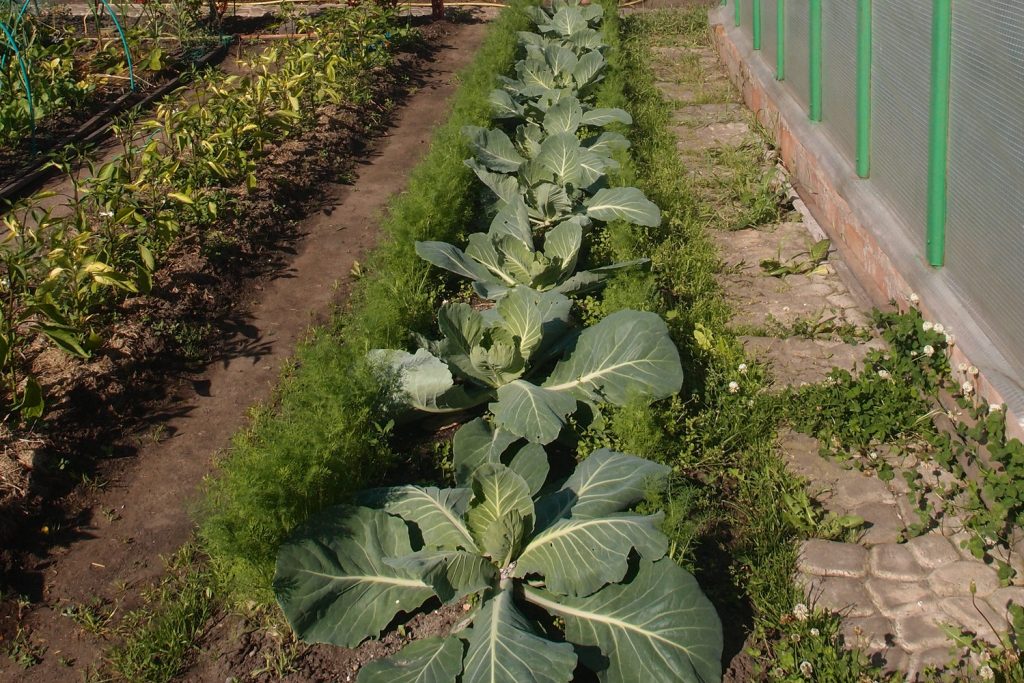
Getty Images
One of the most cold-hardy kale varieties available, Siberian kale has big, green leaves that can keep up with cold weather and pests. Siberian kale should be cooked since it's quite fibrous, so try sautéing it in a pan with a little olive oil, garlic, pancetta, or bacon for a delicious side dish.
5. Redbor Kale
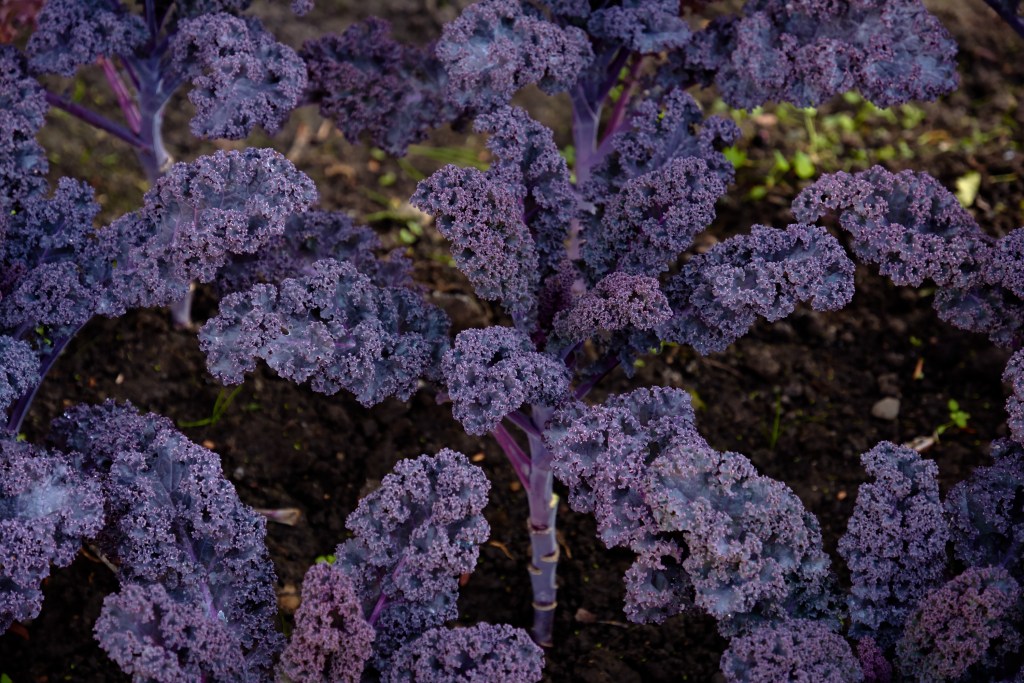
Getty Images
Redbor kale is a variety that can easily be recognized due to its deep-red frilly leaves. It has a mild, cabbage-like flavor and can be eaten raw or cooked. Keep in mind that when you do cook redbor kale, it does lose some of its beautiful color.
6. Chinese Kale
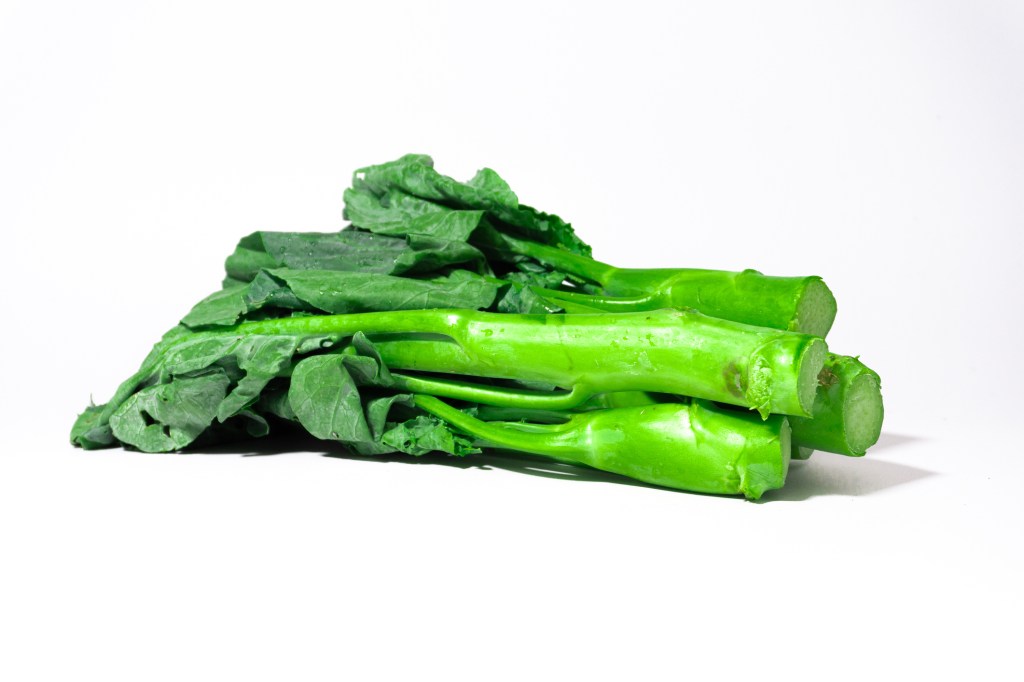
Getty Images
Chinese kale or Chinese broccoli is a leafy green that's part of the cabbage family and can easily be substituted for regular broccoli in many recipes. Toss it into stir-fries or steam it for a healthy side dish.
7. Baby Kale
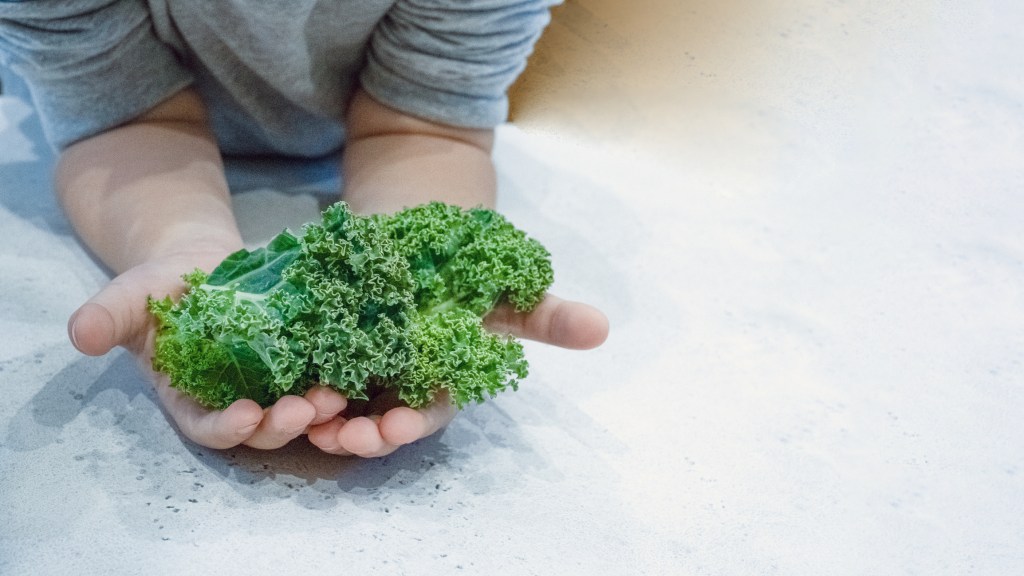
Getty Images
Baby kale leaves come from a young kale plant and have a very mild and delicate flavor. They're delicious eaten raw in a salad and you'll often find baby kale leaves mixed in a salad green mix. If you don't want to eat the leaves raw, they're just as tasty sautéed.
8. Portuguese Kale
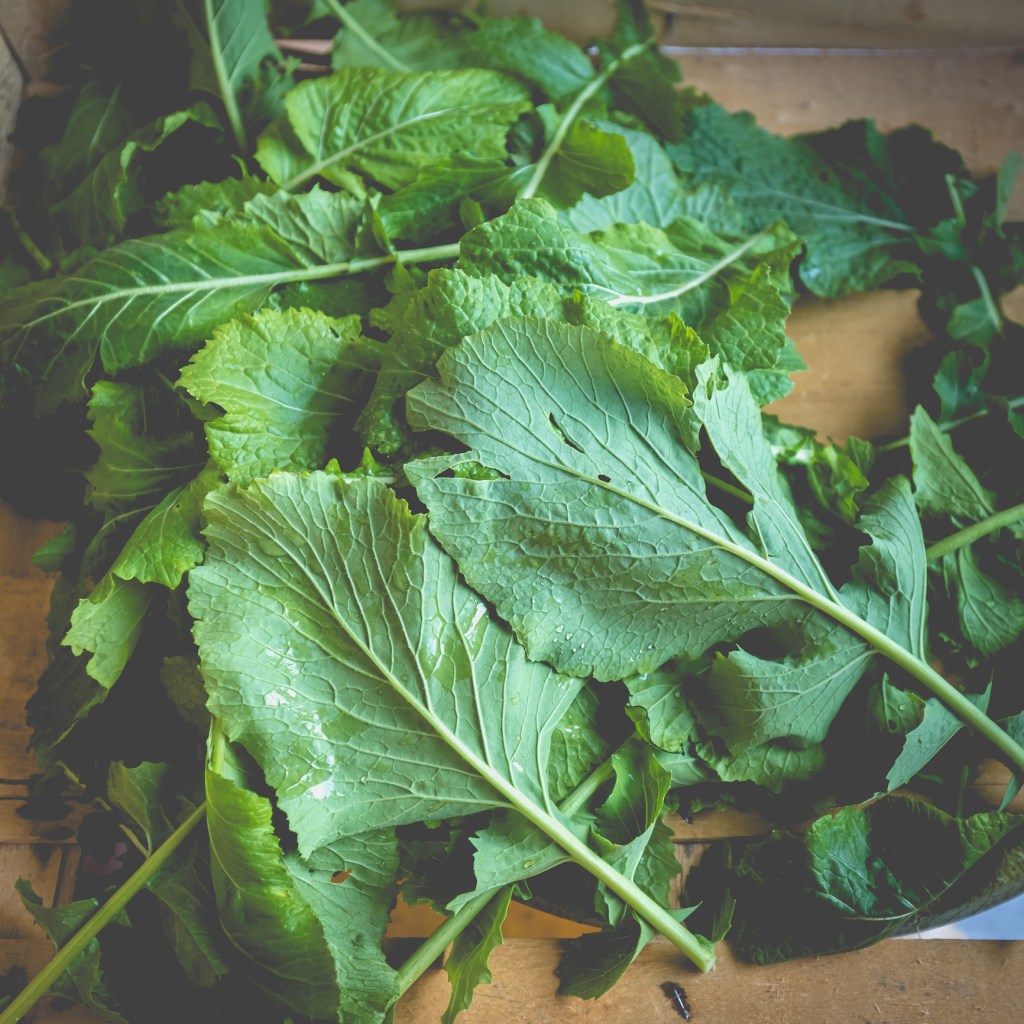
Getty Images
The regional variety of kale in Portugal is so important that there is an entire soup for it called caldo verde, a.k.a. "green soup." While you'll easily find this soup available in Portugal, you'll be hard-pressed to find Portuguese kale in groceries stores. Some online vendors sell seeds, however, if you want to grow some yourself.
9. Prizm Kale
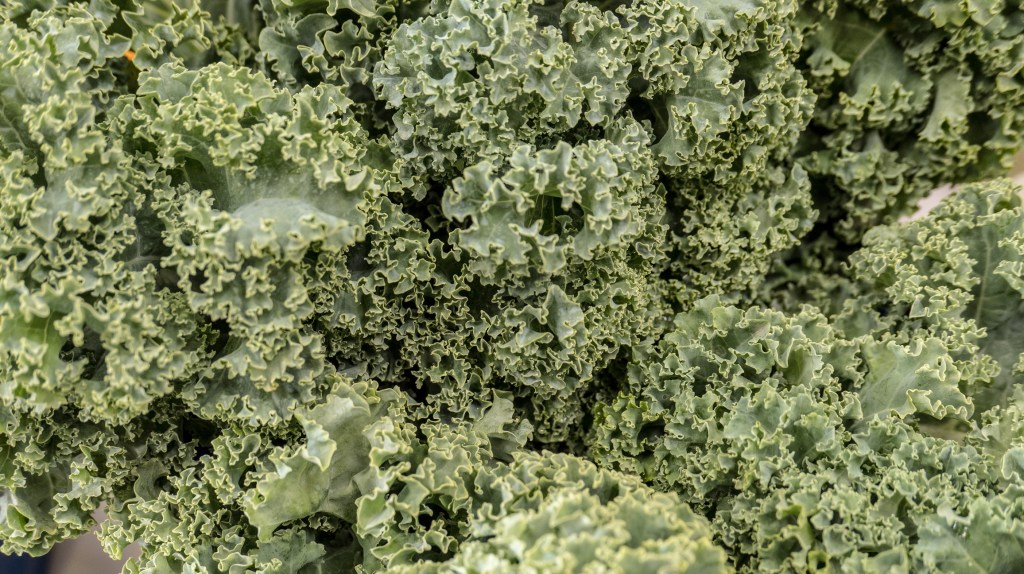
Getty Images
Prizm kale is an extremely unique variety of kale that originally comes from curly kale. It's tightly bunched together and is referred to as "parsley-leaved" for its similar appearance to the famous herb. The best part about this breed of kale is that there's hardly any stem, which makes it GREAT for just tossing into stews and soups haphazardly.
10. Ornamental Kale
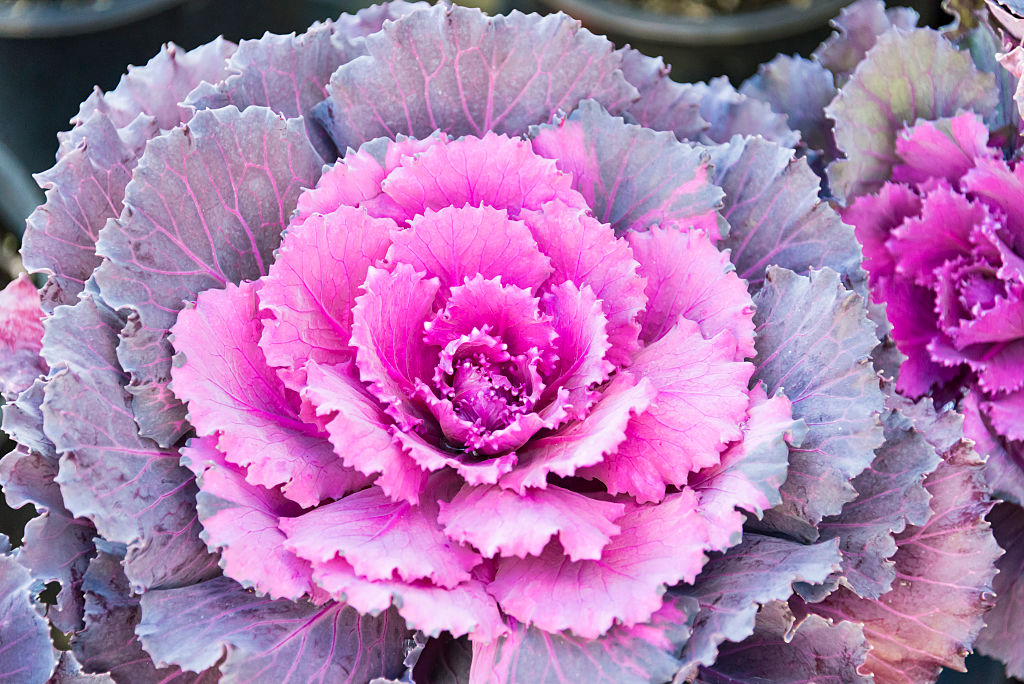
Getty Images
Okay, there aren't many delicious uses for ornamental kale — it's grown for its beauty, so it makes a lovely and hardy addition to your garden. However, you CAN use it in edible ways— it makes an absolutely lovely garnish for plates! The colors come in a variety of reds, purples, greens, white, or inks, so the decorative garnish options are endless.
